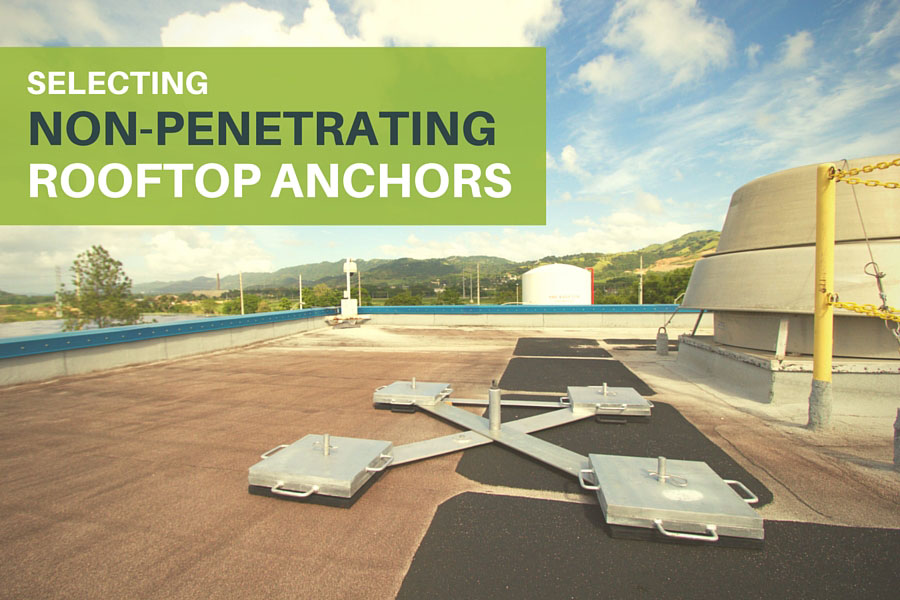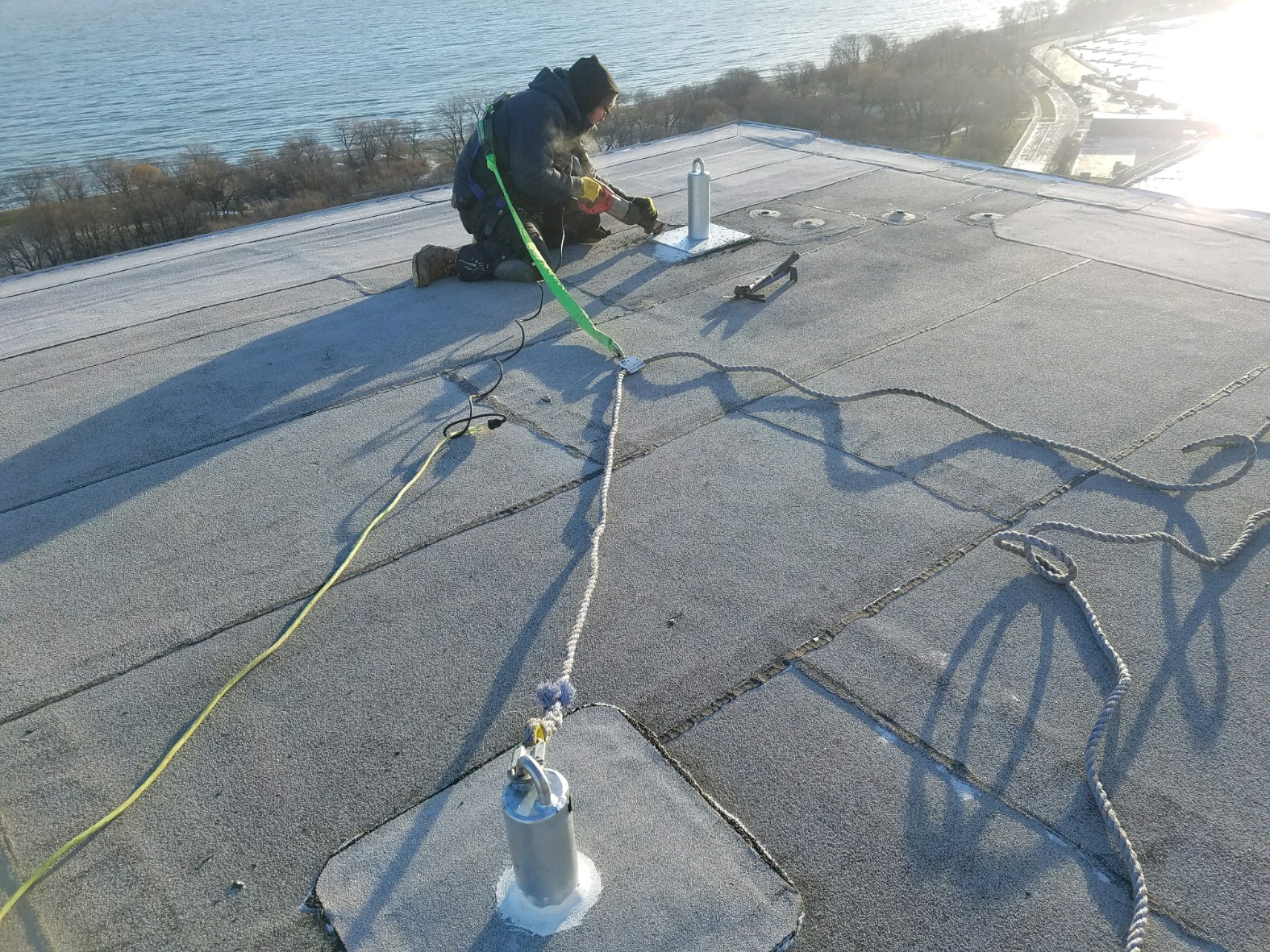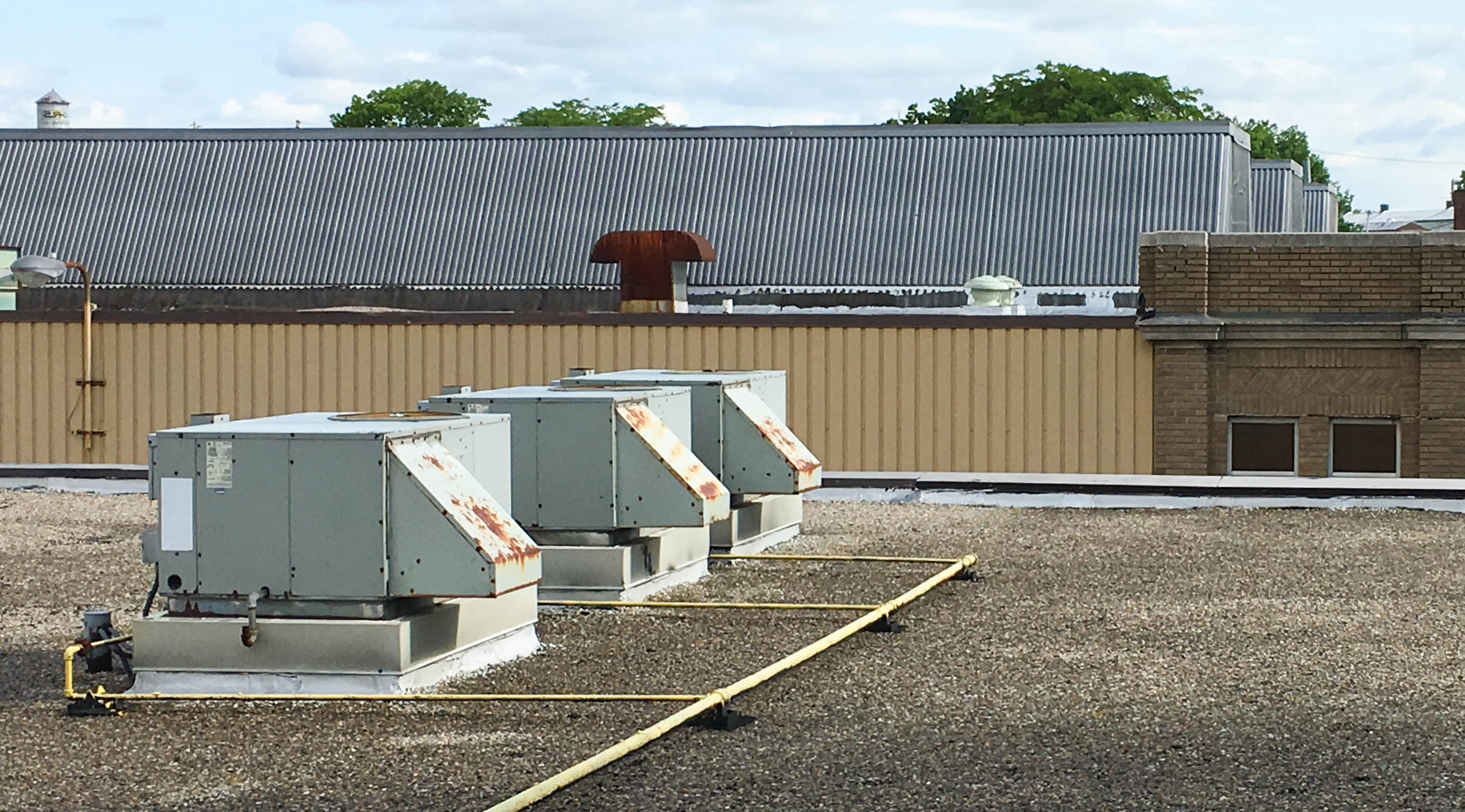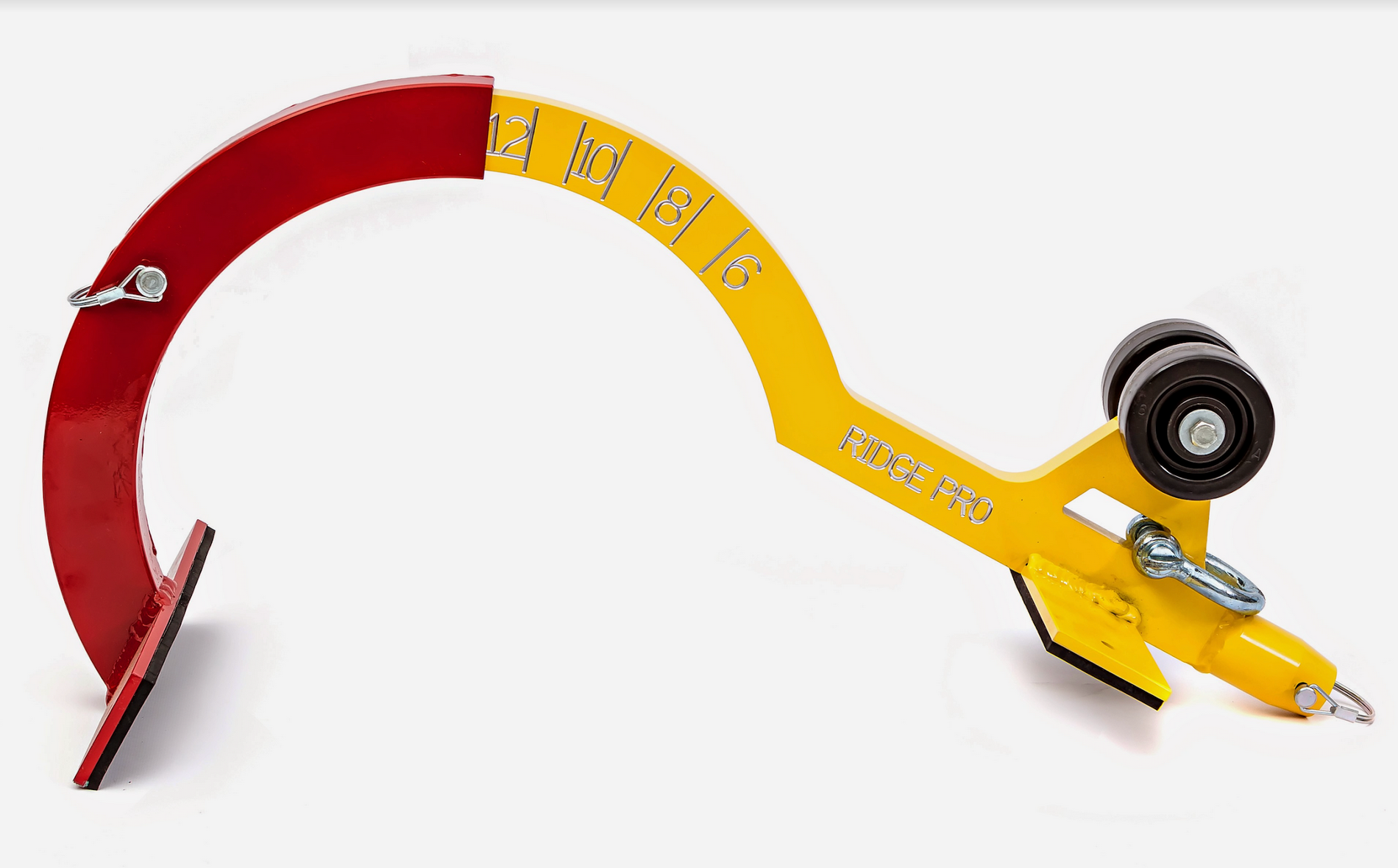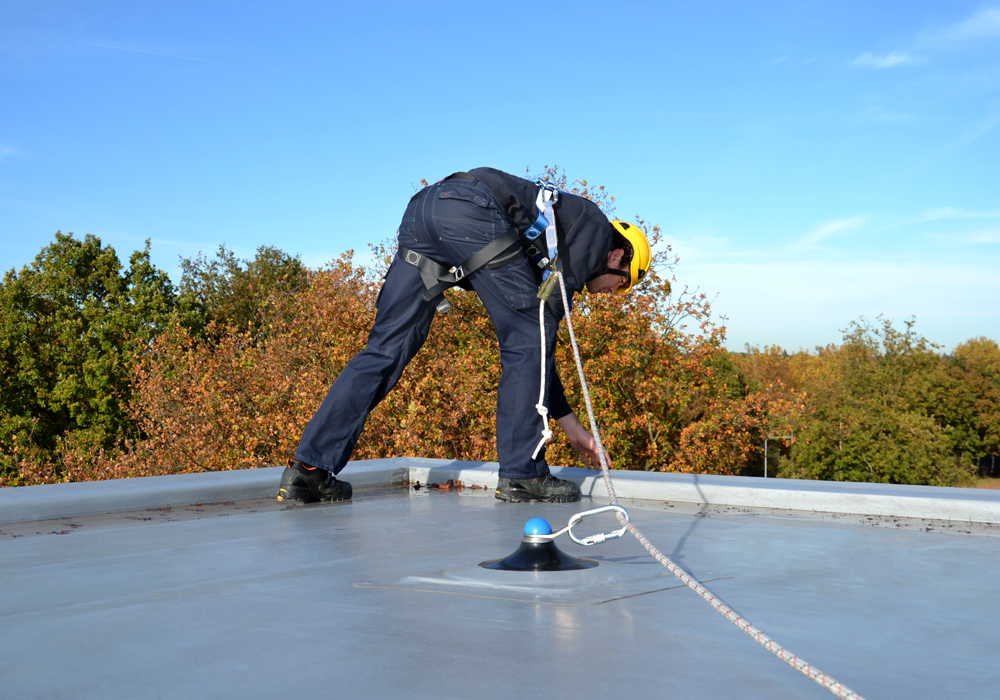The regulations that deal with roof anchor points are outlined in managing the risk of falls at workplaces code of practice which is produced by the australian government statutory body safe work australi a.
Roof anchor points regulations.
The anchorage point must be able to support 5 000 lbs.
Roof anchors can be as simple as a d ring connection or as complex as a complete lifeline system.
Employers must provide the right equipment employers must provide fall protection and the right equipment for the.
Roof anchor points are arguably the most important part of an entire height safety system.
They state that roof safety certification must be completed by a competent person before a system is used for the first time after which roof safety re certification is required periodically to.
Anchor point selection can offer limited options when trying to comply with osha.
Anchor points are usually installed on the roof and are used to connect lanyards lifelines and other forms of tie off which prevent a worker from falling.
For many safety professionals it is a black and white area that offers no gray option in between.
Osha regulations to consider when tying off to an anchor point osha mandates that anchor points meet the following criteria.
Know the pitch of the roof and follow the appropriate standard.
Of force per person tied off to it.
Steep roof above 4 12 slope 29 cfr 1926 501 b 11.
Osha requires that all building owners must have the roof anchors inspected and certified annually ohsa part 1910 66 to ensure a safe workplace for any worker that uses the anchors to access work areas.
